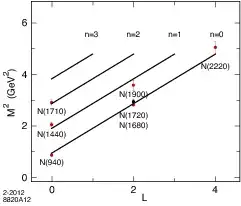How fast can you spin a proton or electron without breaking it?
Even in the link you give, spin is a quantum number which can increase if the energy input to the nucleus is increased, the individual nuclei going to higher energy bound states ( or quantum mechanically defined bands) in higher angular momentum quantum numbers.
A proton is composed out of quarks. When enough energy is supplied to the proton the quarks settle at higher energy states with higher angular momentum. These are called baryonic resonances and are, as stated in the comments by Jonathan Gross, and can have spins higher than 1/2 of the proton neutron. The energies are of order of Mev, the delta resonance, spin 3/2, is about 200 MeV heavier than the proton and energy has to be supplied in the scattering process higher than that order of magnitude.
The electron is an elementary particle , a point particle , in the very well validated standard model of particle physics. It has an intrinsic spin but it is not a composite , but a point particle. It cannot be "broken up".
